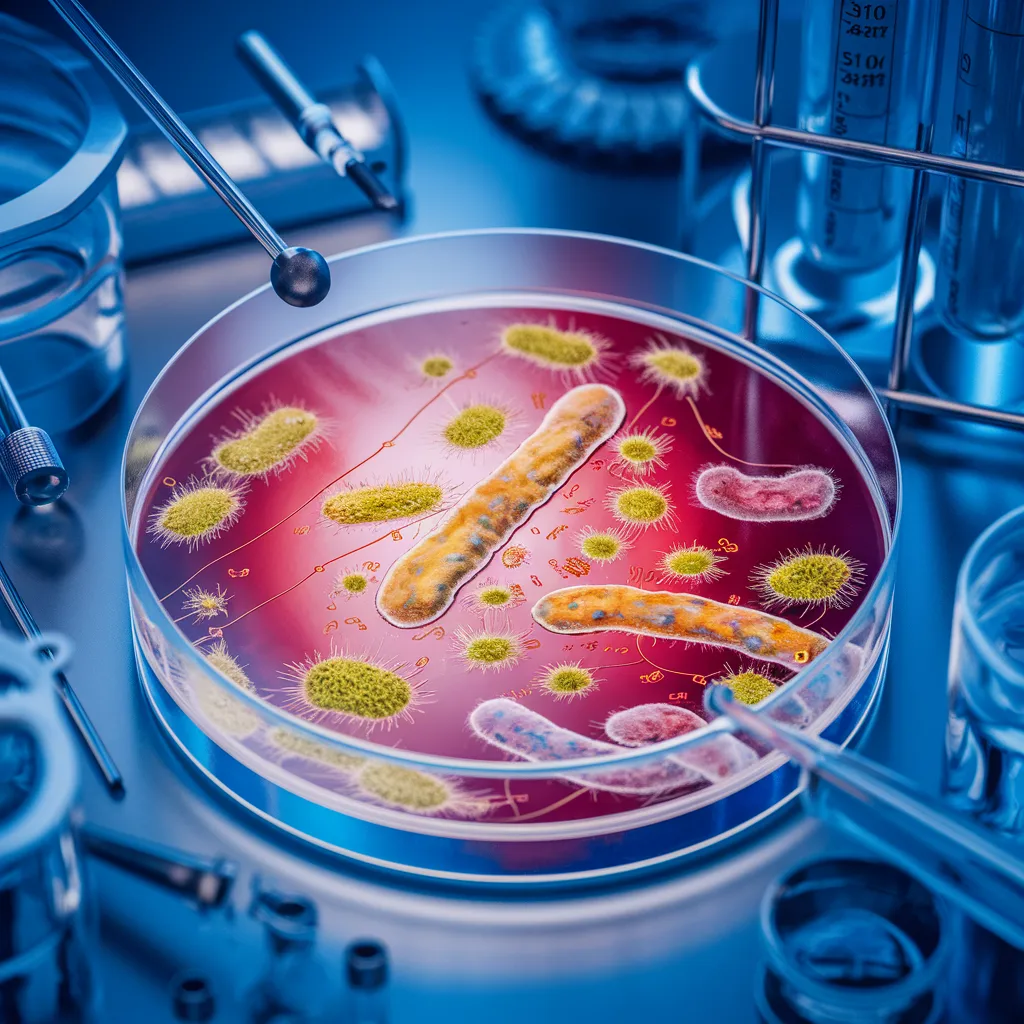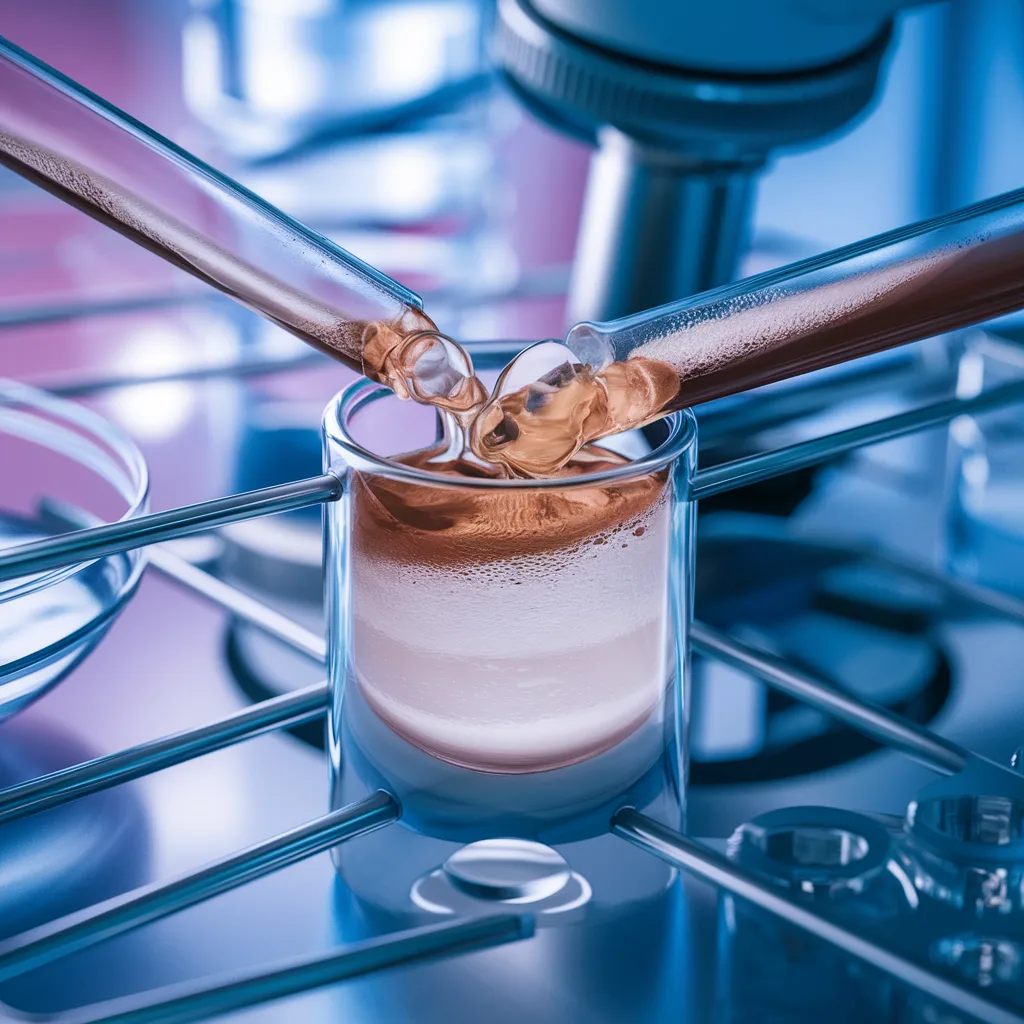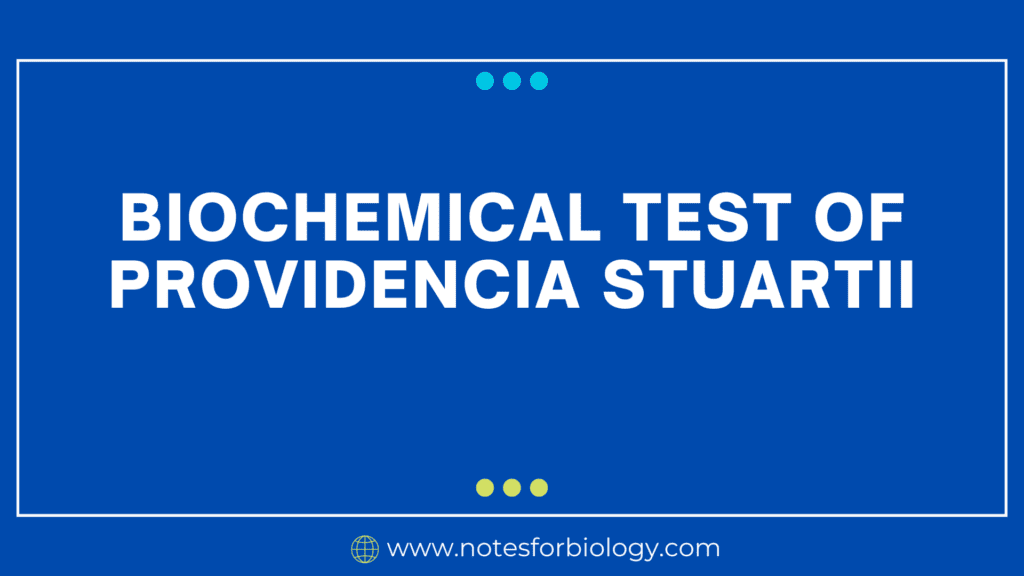Providencia stuartii is a Gram-negative rod-shaped bacterium from the Enterobacteriaceae family. It is an opportunistic pathogen that causes urinary tract infections, especially in hospitalized patients and those who have long-term indwelling urinary catheters.
Table of Contents
What is Providencia stuartii ?
Providencia stuartii is a Gram-negative rod-shaped bacterium from the Enterobacteriaceae family. It is classified as an opportunistic pathogen, which means it generally infects people with compromised immune systems or who are hospitalized. It is a Gram-negative rod-shaped bacterium from the Enterobacteriaceae family. It is an opportunistic pathogen that causes urinary tract infections, especially in hospitalized patients and those who have long-term indwelling urinary catheters.

Biochemical Test of Providencia stuartii
1. Indole Test
The indole test assesses a bacteria’s capacity to make indole from the amino acid tryptophan. It is usually indole-negative, which means it doesn’t make indole. This is shown by the lack of a pink or red tint in the medium after the addition of Kovac’s reagent following incubation.
2. Methyl Red (MR) Test
The MR test determines the bacterium’s capacity to undergo mixed acid fermentation. It is often MR-negative, which means it does not form a stable acidic end product. The absence of a red tint after incubation with methyl red reagent implies a negative result.
3. Voges-Proskauer (VP) Test
The VP test identifies the formation of acetoin during glucose fermentation. It is often VP-positive, which means it generates acetoin. After incubation and addition of alpha-naphthol and potassium hydroxide, a red hue indicates a positive VP test outcome.
4. Citrate Utilization Test
This test determines the bacterium’s capacity to use citrate as the sole carbon source for growth. It is usually citrate-positive, as evidenced by a color change in the medium from green to blue induced by citrate alkalization.
5. Urease Test
The urease test detects the presence of the enzyme urease, which hydrolyzes urea to produce ammonia and carbon dioxide. It is typically urease-positive, indicated by a color change in the medium from yellow to pink due to the increase in pH caused by ammonia production.
6. Triple Sugar Iron (TSI) Agar
TSI agar comprises three sugars (glucose, lactose, and sucrose), as well as an indicator that distinguishes between fermentative and non-fermentative bacteria. Providencia stuartii often produces an alkaline slant and butt, but no gas or hydrogen sulfide.
7. Lysine Decarboxylase Test
This test determines the bacteria’s capacity to decarboxylate lysine and create cadaverine. Providencia stuartii is usually lysine decarboxylase-positive, as evidenced by a color change in the medium from yellow to purple as the pH rises owing to cadaverine synthesis.
8. Ornithine Decarboxylase Test
The ornithine decarboxylase test evaluates the bacterium’s capacity to decarboxylate ornithine and create putrescine. Providencia stuartii is frequently ornithine decarboxylase-positive, as evidenced by a color change in the medium from yellow to purple as the pH rises due to putrescine synthesis.

9. Gelatinase Test
The gelatinase test examines the bacterium’s capacity to hydrolyze gelatin. Providencia stuartii is usually gelatinase-positive, as evidenced by the liquefaction of gelatin-containing media

These biochemical assays, when conducted combined, enable in the precise identification and characterization of Providencia stuartii, allowing for effective clinical diagnosis and treatment of infections caused by this bacteria.
Frequently Asked Question(FAQ)
What is Providencia stuartii ?
Providencia stuartii is a Gram-negative rod-shaped bacterium from the Enterobacteriaceae family. It is classified as an opportunistic pathogen, which means it generally infects people with compromised immune systems or who are hospitalized. Providencia stuartii is a Gram-negative rod-shaped bacterium from the Enterobacteriaceae family.
What are the Biochemical Test of Providencia stuartii?
The Biochemical Test of Providencia stuartii are:
1. Indole Test
2. Methyl Red (MR) Test
3. Voges-Proskauer (VP) Test
4. Citrate Utilization Test
5. Urease Test
6. Triple Sugar Iron (TSI) Agar
Related Article

